TikTok’s Influence on the Film and Music Industries
Tik Tok: The resurrection of Musical.ly. It’s an app that lets creators express themselves in a variety of ways, from singing and dancing to comedy skits and elaborate experiments. The 15-second videos have shaped much of the users’ 2020, from their influence in politics to their impact on the music and film industries. The magic is that anyone can go viral at any point. All it takes is a little creativity to go from being no one to being a household name.
When videos that incorporate music go viral, those songs boom in listens and sales. Take Fleetwood Mac’s “Dreams” as an example. A TikTok by @420doggface208 featuring this song has over 35 million views and the song’s sales shot up 184% the week the TikTok was released. Videos that feature movie reviews and get a lot of attention make those movies trend as well, no matter how dated they are. This happened with a film called Megan is Missing that was released almost ten years ago. The hashtag #meganismissing has over 83 million views and features people posting their reactions to the movie and cautioning others not to watch it. So how does TikTok influence our world today? Without TikTok, we wouldn’t know all the lyrics to Old Town Road, the D’amelio family would not be a household name, and we wouldn’t think about the corresponding dances each time a TikTok song comes on the radio. The real question is what is the extent of the app’s impact on not just teenagers, but all age groups?
Everyone has heard of TikTok. There are those who innocently ask if it is “that app the kids are using” and those who spend more time scrolling through their “For You” Page than they spend with their own family members. But it plays a part in every person’s life, whether or not they know it. As you’d expect, according to Business of Apps, TikTok’s demographics are largely in favor of younger generations. 60% of their users are between 18-24, but interestingly enough 25% of US TikTok users are 45-64, highlighting that the app is not just for kids. We must note that this data does not include children under 18, a key demographic of the app, so the percentages would be different if the company reported that age group. Nonetheless, TikTok has had no growth problems over the last year, an issue its competitor Snapchat often deals with. In February 2020 alone, the app had 113 million downloads, and that number continued to increase as the pandemic raged on throughout the summer. The app is definitely here to stay, but how has it changed the music we consume on a daily basis?
In a mere 12 months, TikTok has gone from an unknown platform to being nicknamed “the short-form version of YouTube” by American record producer Mike Caren, representative of the likes of Beyoncé, Kanye West, Bruno Mars, and more. The app is a staging ground for hits; users listen to a 15 second clip of a song and the catchy tune inserts itself in their heads after just a few listens. They’re eager to hear more, prompting plays on Spotify and Apple Music and in turn making nobodies in the musical world wildly popular. Take the song “Roxanne” by Arizona Zervas as an example. If you heard this catchy song, it’s likely it got stuck in your head.. No one had heard of it before TikTok, but it now has more than 31 million listeners monthly on Spotify alone. And now when thinking of a song called “Roxanne,” the 1970’s hit by The Police is likely not the first one to pop into your head. TikTok has made songs with a few repetitive lines wildly popular, prompting creators to come up with more content, branch out, and gain large followings on other platforms, such as YouTube and Instagram. Charli D’amelio, one of the most popular TikTokers, has over 102 million followers on TikTok, over 34 million followers on Instagram, and has been featured on television shows such as Jimmy Fallon. Along with this, her sister Dixie has released multiple songs including “Be Happy,” which they made up a corresponding dance for, and it now has more than 55.6 million streams on Spotify.
Film, on the other hand, plays a different role in the app from new artists’ and song’s publicity. Creators often mock movies or use lines from films as the prerecorded background to their clips as they lip-sync along. Oftentimes, users are critical or add some sort of comedic twist to films, but any publicity is good publicity, as the app has caused many old movies to make stark comebacks. The Netflix movie entitled Love, released in 2015, made it into Netflix’s top 10 list this July because TikTok users began a challenge of watching it and recording their reactions to the first scene. The scene itself is wildly inappropriate and most creators stopped watching after it had finished, but their TikToks got thousands of views and the challenge was done by thousands of people, causing the movie to spike in popularity. If a film goes viral on TikTok, the publicity causes more success than any advertisement could bring it. This app is the place to be if you want to make it big in the film or music industries. In addition to TikTok fame, users have gotten many other endorsements from popular brands. For example, Charli got her own Dunkin drink and other creators have landed large movie roles.
TikTok is the common denominator for the instant fame of songs, people, and movies. Its differentiating factor from other social media apps is its vaunted algorithm. Their algorithm is constantly searching for new clips and creators rather than promoting the same content over and over, making it so that a new song is popular each week and new content is being pumped out around the clock. TikTok looks different every day, prompting users to continue scrolling to ensure they don’t miss a new trend or challenge. This perpetual nature keeps people coming back for more and, at least for now, the app is here to stay.

Kaeli's love for literature and writing shines through her work as the School and Local Editor. A consistent writer and editor of The Advocate for two...



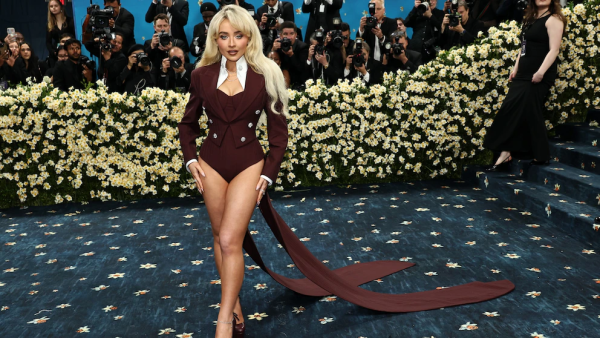
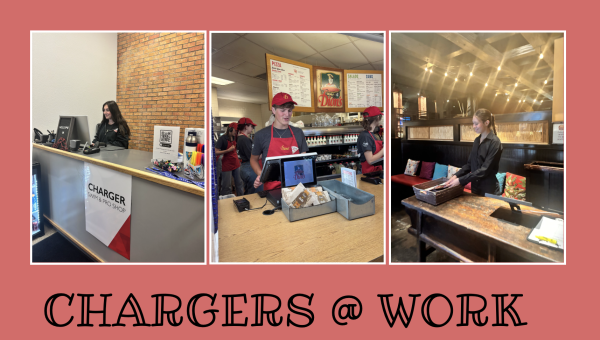
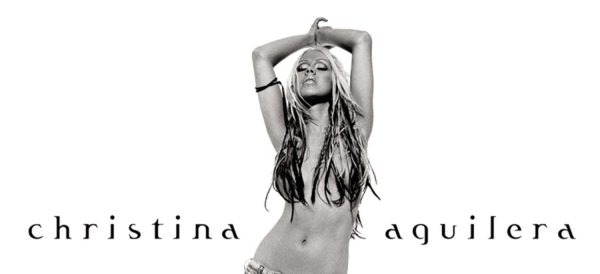

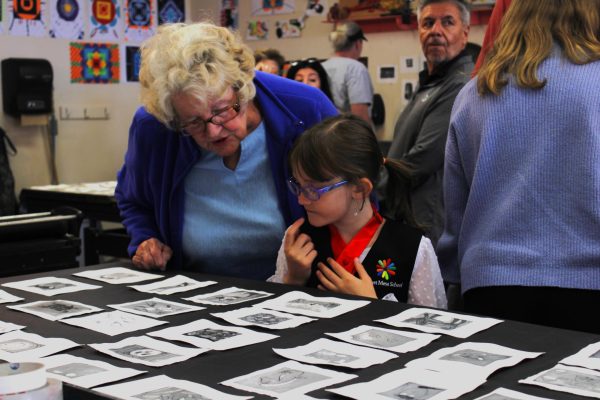
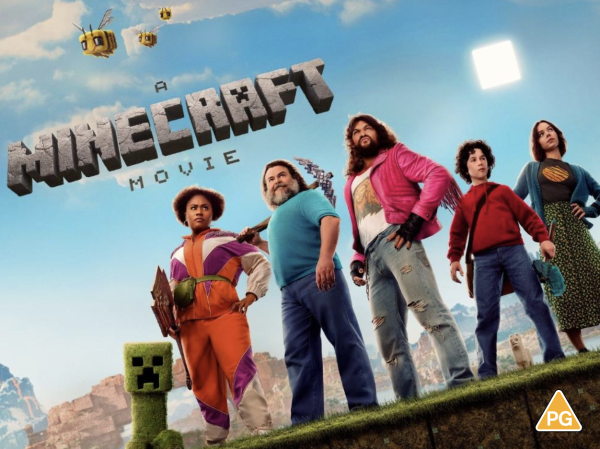
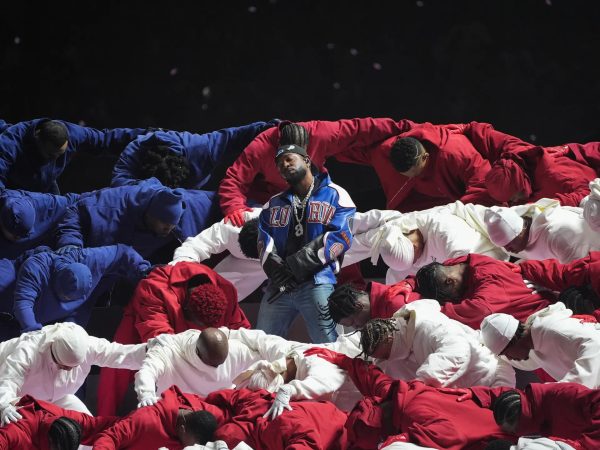

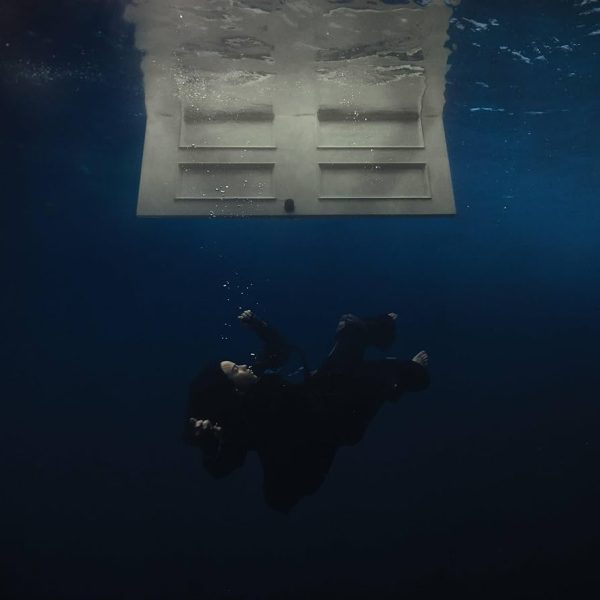
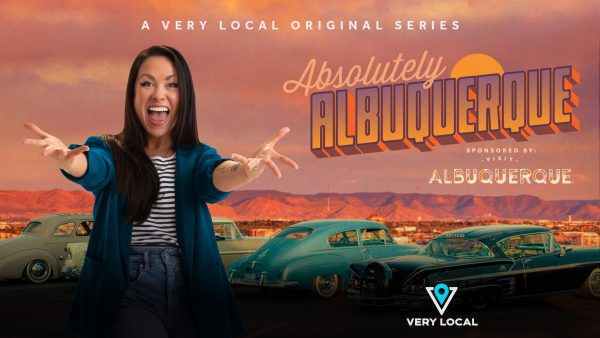
Sam • Dec 2, 2022 at 11:28 am
This is the downright worst article I have ever seen. Tiktokers are horrible “actors” and the very few who have actually gone into acting is embarrassing. You can see how bad the reviews are. Attaway General has 1/10 stars, and I think Addison Rae ruined the she’s all that remake. They are not breaking into the film and tv world and have already proven they can’t. Tiktokers and influencers are already on a downward spiral and will be irrelevant soon. People want actual talent not cringe dance movies on an app primarily used by 13-year-olds.